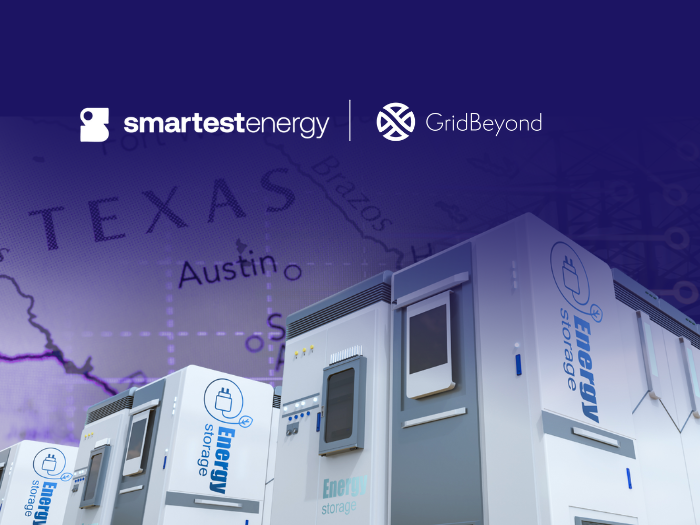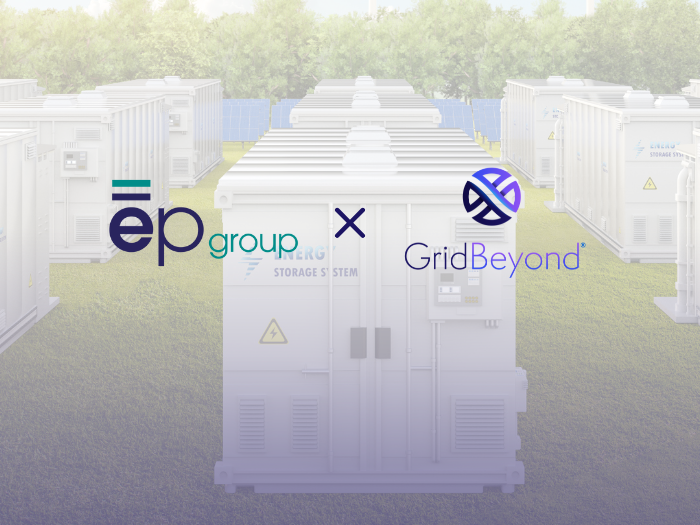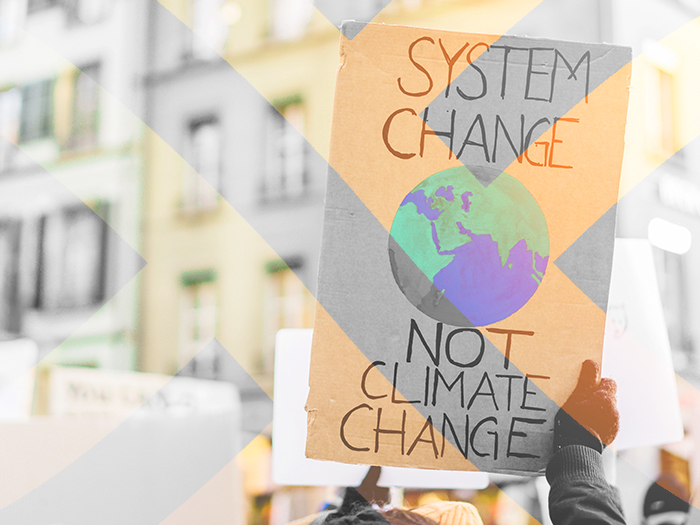News
better business decisions
Posted 1 year ago | 5 minute read
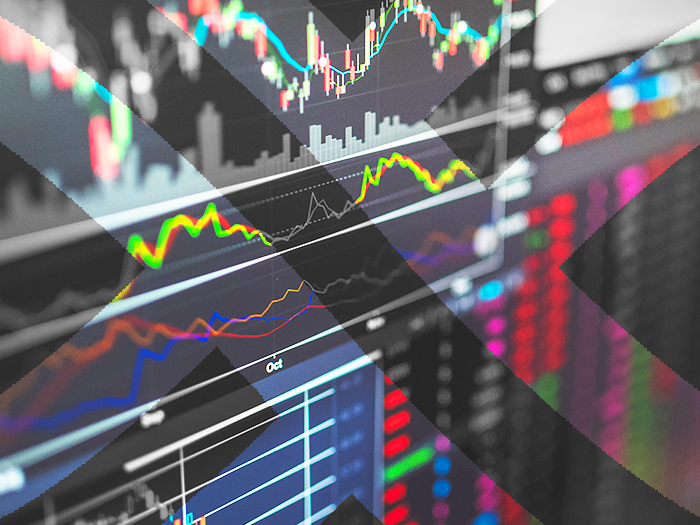
A good backcast for a better forecast
Forecasting predicts probable future scenarios based on trend analysis. From the different scenarios, companies can determine their vision of the future. Once you have a vision for the future, you can plan the steps that it will take to get there. This is where backcasting, or forecasting in reverse, comes in. Backcasting is the process of taking your vision of the future and figuring out the strategy and tactics needed to achieve it. It allows you to identify the opportunities and obstacles that will come up as you move toward your ideal outcome and provides actionable steps and a path forward.
For North American power markets, GridBeyond compares known historical values for market prices and unit operation against values obtained within its AI-powered backcasting model. In this article we look at backcasting and why it is a vital tool for large energy users to maximize revenues for their energy flexibility.
What is backcasting?
Traditional forecasting methods often fail to adequately address the long-term, complex challenges associated with transitioning to a sustainable energy future. In contrast, the strategic planning technique known as backcasting offers a more visionary and proactive approach.
Unlike forecasting, which extrapolates from current trends to predict future outcomes, backcasting begins by envisioning a desirable end state and then works backwards to identify the necessary steps to reach that goal. This reverse engineering process is particularly well-suited for energy and sustainability initiatives, as it enables stakeholders to chart a course towards a future aligned with environmental, social, and economic priorities.
While forecasting is undoubtedly a valuable tool, relying solely on it can limit our perspective. In essence, while forecasting (which is based on past and current trends to determine likely outcomes) helps us understand where we might end up, backcasting empowers us to actively shape the future we desire, steering towards the chosen outcome.
The process of backcasting is time-consuming, involving manipulation and review of large databases; however, the benefits a backcast yields are significant. Not only does a backcast validate the forecast, it can indicate the forecast model’s strength of prediction, provides insights of the impacts of different input assumptions, and helps to identify where either the model or data need refinement. Finally, it helps decision makers and analysts gain confidence in the subsequent forecast.
The backcasting approach typically involves three phases:
- Identifying the preferred outcome: by collaboratively developing a clear, compelling vision of the desired future state. This shared vision should articulate specific objectives such as emissions reductions, or renewable energy adoption.
- Mapping the pathway: the next step is to work backwards, identifying the actions and and interventions required to achieve this outcome. This holistic, systems-level analysis considers the complex interdependencies and trade-offs between various strategies using scenario planning, digital twins and modelling to explore alternative pathways and evaluating their feasibility and impact.
- Implementation: with a roadmap in place, the final phase involves coordinating and executing the necessary strategies across multiple levels.
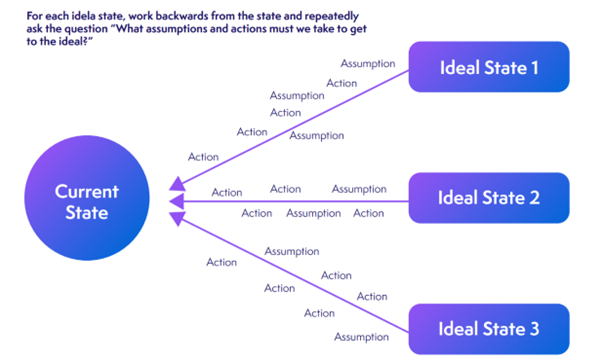
Market parameters
The backcast method employed by GridBeyond involves constructing profiles for each facility based on observed generation, load dispatch patterns, and market prices. These profiles serve as the foundation for subsequent market model simulations, enabling the forecasting of future generation, load dispatch patterns, and market prices. This approach allows GridBeyond to simulate various market scenarios and assess potential outcomes for different services. In particular this allows us to stack program participation for maximum value.
Stacking programs involves participating in multiple energy services, leveraging the flexibility of assets to optimize revenue generation. By stacking programs, GridBeyond maximizes the earning potential of its clients’ assets by diversifying participation in various markets and services. This approach allows clients to capitalize on opportunities across different market conditions and service requirements, thereby increasing their overall revenue streams.
The success of stacking programs depends on various market parameters, including demand fluctuations, pricing dynamics, regulatory requirements, and the availability of different services. GridBeyond’s sophisticated market modelling accounts for these parameters, enabling accurate forecasting and optimization of asset participation.
In practice, market modelling of this nature is highly complex and involves establishing a large set of data and input assumptions that are often inter-related.
For our backcasts in ERCOT, the following are considered along with the market price of power and the parameters of the site and assets present:
- Emergency Response Service
- Non-Spin Reserve Service
- ERCOT Contingency Reserve Service
- Responsive Reserve Service – UFR
- Responsive Reserve Service – PFR
- Utility Commercial Load Management Program
- 4 Coincident Peaks
- Real Time Price Avoidance

Source: GridBeyond
Achieving perfect foresight
From ascertaining a site’s potential for onsite storage to co-location with renewables generation or utilizing inherent flexibility in processes and operations, GridBeyond’s provides services for a wide range of energy optimization and management solutions.
Designer is a powerful tool designed to assist in planning, designing, and analyzing prospective strategies. Designer leverages historical and forecasted energy prices, load and generation profiles, and other site-specific factors to seamlessly evaluate thousands of project configurations through backcasting and digital twin models to identify the optimal designs and operational strategies that not only maximize profits but also meet environmental and operational targets.
This holistic approach ensures that every detail is taken into consideration, allowing for highly customized models tailored to the specific needs and drivers of each individual investment.
Designer enables it to simulate both front- and behind-the-meter distributed energy resource projects across all wholesale and retail energy markets. This means that regardless of the type of energy project or its intended market, the tool can accurately evaluate and provide insights into its potential performance and profitability. Whether it’s a renewable energy installation, energy storage facility, or any other distributed energy resource project, Designer offers a comprehensive set of features to support informed decision-making.


